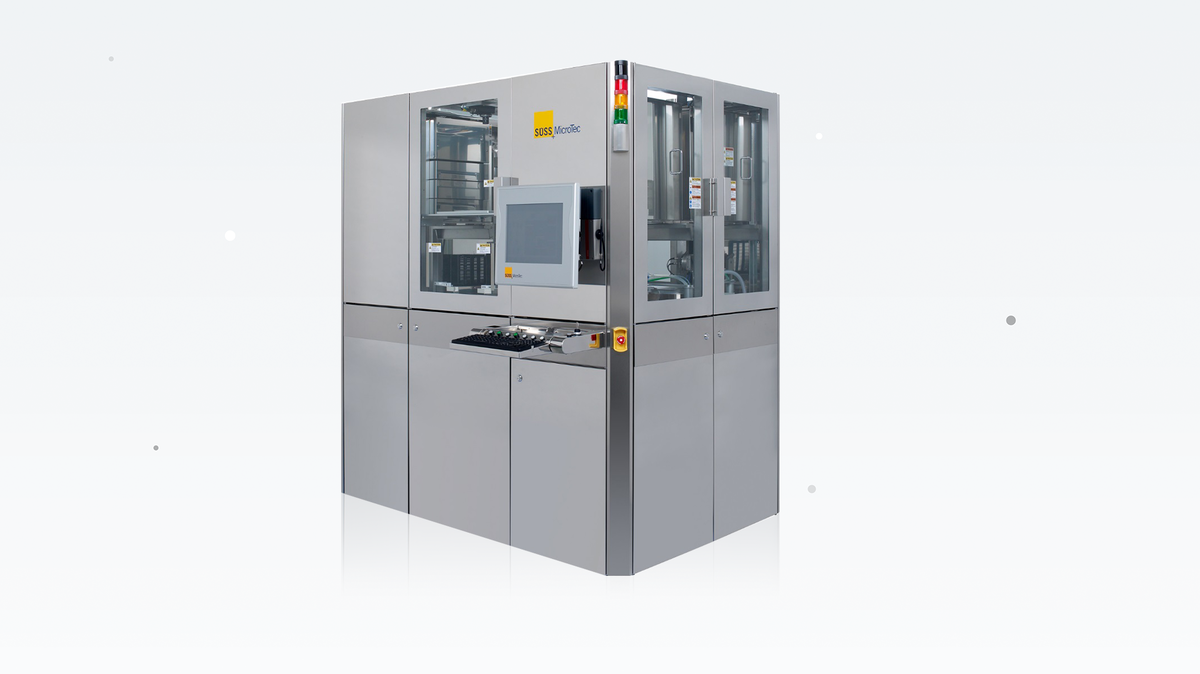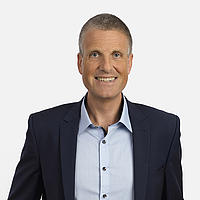Unlimited mobility, modern medicine, and communication within the Internet of Things – all of this would be inconceivable without powerful chips. The technically sophisticated production of these chips is executed in several complex processing steps (micro-structuring), for which the chip manufacturers need very specialised machines. These special machines are designed and built by SÜSS MicroTec.
On 16 May 2018, Michael Bos interviewed Ms Remmler, Technical Editor at SÜSS, for an interview on the company-wide introduction of a Content Management System.
How did you work before the CMS was introduced?
Sandra Remmler (SÜSS):
We worked with Adobe FrameMaker 10 (without XML) and wrote directly in English (as non-native speakers). The creation of the documentation directly in English was a great challenge for our Editors, which is why we have recently changed the language to German. Basically, our Editors worked in parallel, so there were many document copies and redundant texts. Overall, we had a low reuse rate, very high translation costs, and a complex change management process (e.g. when updating liability-relevant content).
When and why did you decide on a Content Management System? What do you expect from a Content Management System?
Sandra Remmler:
We both needed and wanted to drastically reduce our translation costs. In the CMS, information modules are only available once and not in countless versions, so that they only have to be translated once. The valid version of a text block is now easy to find within the system. Thus, it is possible for us to quickly publish documents conforming to standards and directives. We would like to eliminate the existing local folder structures on our own drives by means of structured storage of the data in the database.
Can you still remember the beginning of the collaboration, and how did you feel about the "first steps"? What are your experiences with the project?
Sandra Remmler:
The cooperation started with a Documentation Check, on the basis of which we first optimised our content. Afterwards, several Workshops were held, in order to optimise our processes. As part of the Workshops, we also created our Style Guide.
We looked at two Content Management Systems on our own or had them presented by the suppliers.
It took us four years to convince the company management of the necessity of a Content Management System. After deciding on a Content Management System, the company management took a live look at the system and realised that the introduction of the system (running in parallel with our daily business) would not work without support.
We therefore received approval from our management to receive editorial support for a (partial) migration and on-the-job training from kothes.
For the supplier of another CMS, we would have received only the software and a short briefing; we still would have needed an additional partner to oversee the implementation.
In addition to the system introduction, kothes also actively supported us with editorial preparation and on-the-job training. Thus, we received everything from one source. We can call them anytime, and our project manager is always there to support us. The assistance is then given directly afterwards in the form of on-site coaching sessions.
What would you recommend to other companies about what to look for when choosing a Content Management System, or what is your main recommendation for other companies?
Sandra Remmler:
We first did our own research about Content Management Systems on the Internet and then at the tekom Annual Conference. Then we looked at two systems live at our office.
Critical for us was not just the functionality of the software alone, but the coaching and the support we received before, during, and after the CMS implementation. A visit to the Dürr company reinforced for us, as Editors and for our department manager, what to expect. Our technical documentation group made the decision for a CMS. Thus, everyone in the group was both informed and involved in the decision. It is important that it was a team decision and not just a solo effort. The result was that the introduction of the Content Management System was supported by everyone.
What should other companies do or avoid? What are potential pitfalls for the project?
Sandra Remmler:
One should not approach such projects too naively. It makes sense, as a Technical Editor, at first to be seduced by the functions and advantages of a CMS. For the approval of a Content Management System, however, it is important to provide the supervisor or the company management with figures, data and facts, as well as a realistic ROI calculation. A business assessment and presentation are essential. The decision makers always want to see numbers.
The Future
In what form do you expect to see the ROI? What do you hope and plan for, in terms of work efficiency?
Sandra Remmler:
In the form of time savings, with respect to the creation of documentation through the use of the publication configuration, and thus "finally having time" for the description of demanding and important new developments. We also anticipate a reduction in translation costs through the modularisation and reuse of content in the source language. In future, we could even publish context-sensitive online help directly from the CMS. Currently, the software help is created separately and displayed as a PDF file on the HMI (Human Machine Interface).
Can you sum up our business relationship in one sentence?
Sandra Remmler:
Oh, in one sentence ...
It is a trusting relationship: I can always call kothes with any problem without hesitation, and I always receive help. The Technical Editors who support us are competent and friendly. I can only say positive things about them.
Ms Remmler, we thank you for the open discussion!


